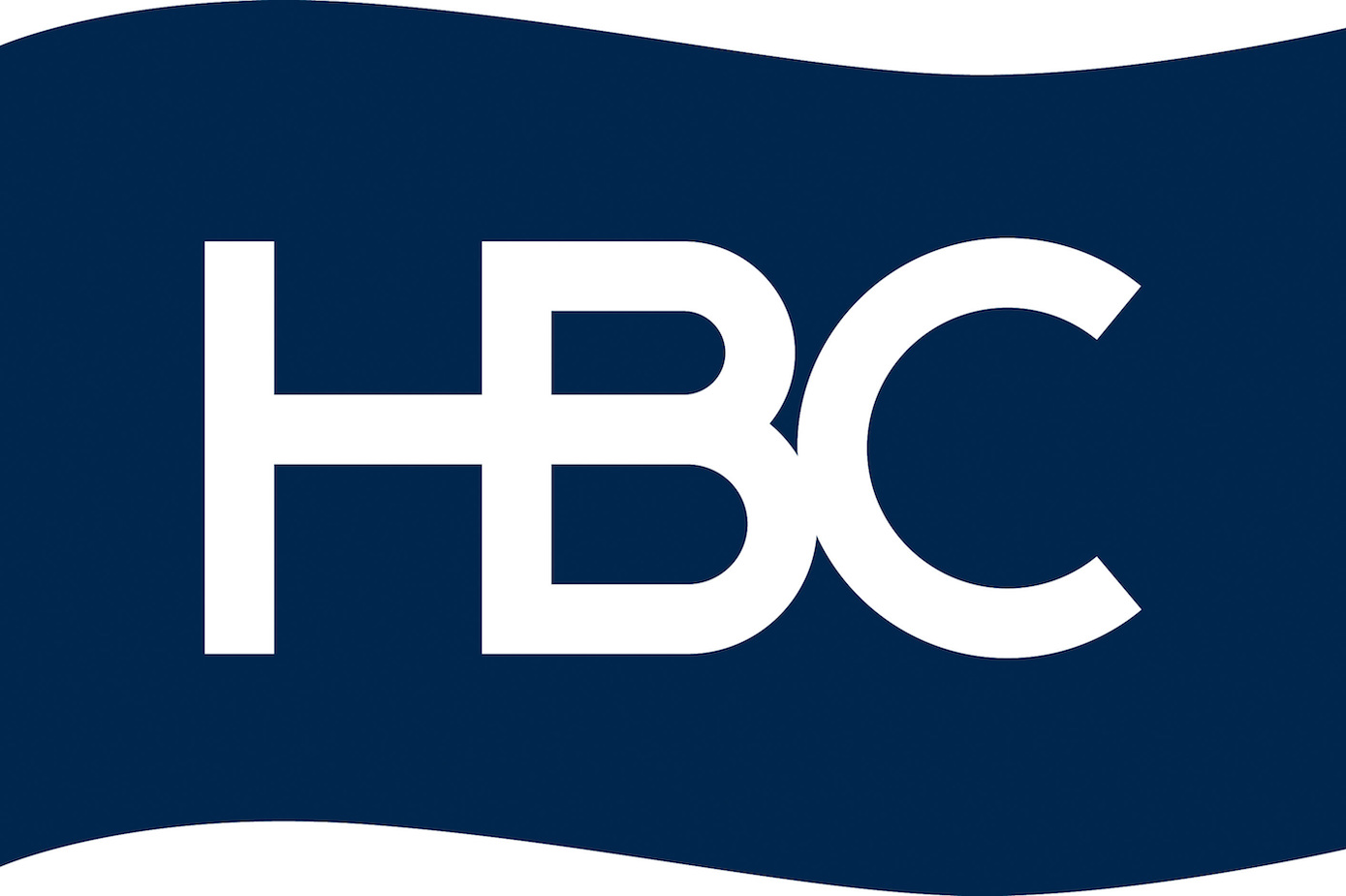by Mawer Investment Management, via The Art of Boring Blog
Why don’t we always learn from our mistakes? In theory, investors should improve at least linearly over time as they make and learn from errors. But in practice, there seems to be little evidence of this (only few active managers beat the market over longer time periods).
Listening to how investors speak about their errors, how they should have acted in a particular situation, which signal (or was it noise?) they should have listened to, I found myself thinking that these learnings could often be paraphrased as “next time, be smarter and more rational. ” In my view, the focus is on a nugget of insight (or foresight) that would have been the saviour. Which led me to realize, maybe the problem isn’t that as investors we don’t learn from our mistakes, we just learn a lesson that’s too specific.
How do we deal with this problem at Mawer? Our Chairman Jim Hall often says we are in the decision-making business. Investing is about finding a way to manufacture good, repeatable decisions. To do this, one can approach problem-solving in the manner of a craftsman or architect. A craftsman might use trial and error on a case-by-case basis using intuition as their guide (i.e., addressing specific mistakes and learnings). Conversely, an architect would go about designing a system to enable consistent, low-error production that works even if the artisan is having a bad day (i.e., addressing a wider scope for mitigating potential errors). In my experience, a mixture of both is required to deliver good investment performance, but focusing on how to improve the system (read: process) can be a more effective learning method.
Many of our team’s process improvements have been designed to help avoid common errors of omission and commission. Two standout examples of repeatable systems include what we call “the reverse roadshow” and “forensic risk screening.”
Reverse roadshow
Narrowing the investable universe from thousands of potential securities down to the few that meet certain criteria is often systemized through quantitative screens. However, as long-term investors, there is substantial context and information that is lost through a purely backward-looking numerical approach. On the global small cap team, we counter this by holding bi-monthly reverse roadshows which involve speaking with several companies in a series of back-to-back management interviews. After each conversation, we rank the stock along various criteria with a tool called the Matrix that is used across the firm. This allows us to systematically speak with up to 300 companies a year and then also rank them using a shared system for separating the “good-ish” from the “bad-ish.”
Forensic risk screening
For every company that ends up in the portfolio, it’s important to track if business health is deteriorating or management is making increasingly aggressive choices. To do this in a repeatable fashion, we use a forensic accounting checklist that has been refined by everyone in research over the years using live examples and experience. Every year we review up to 30 discrete items and flag issues per company. This flag count (and its corresponding severity) is then compared to prior years to get a temperature check on how things are progressing. One example was with an investment in an Australian food franchisor (think doughnuts, pies, etc.). Our forensic exercise highlighted 10 flags—a substantial deterioration from previous years and far worse than the average company (which usually have three to five). We subsequently exited the position only to watch the stock go up for another few months…before subsequently cratering by 90%.
To summarize, I always go back to a phrase my colleague and Deputy CIO Christian Deckart says: process before proceeds. It’s a good reminder that many problems (investing or otherwise) can be solved by thinking in systems over specifics.
This post was originally published at Mawer Investment Management















